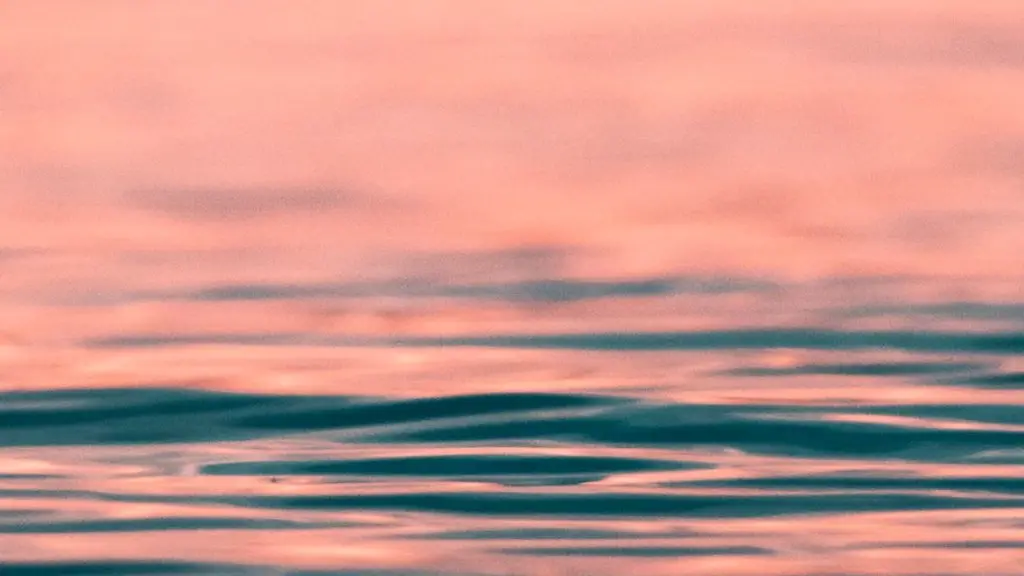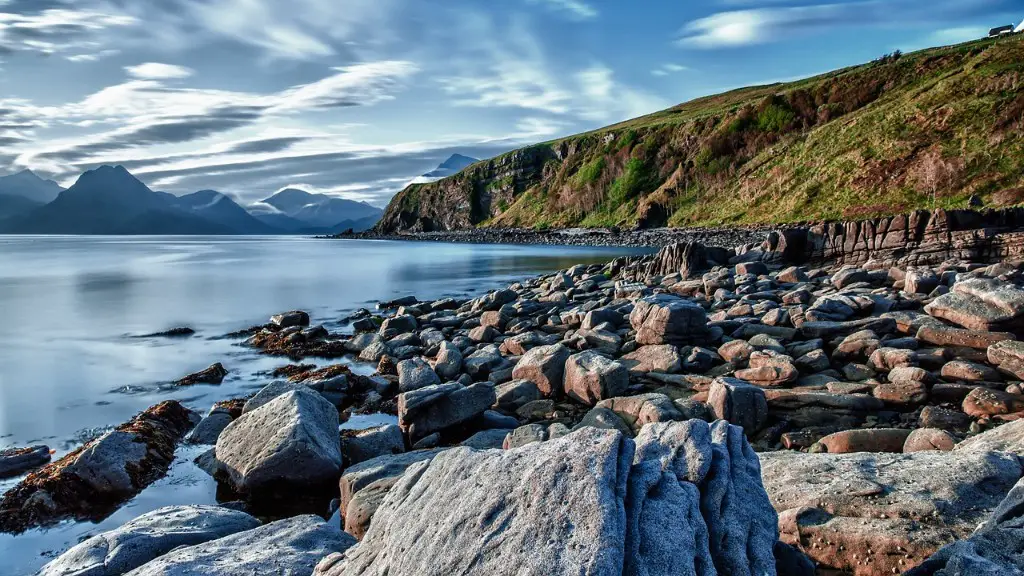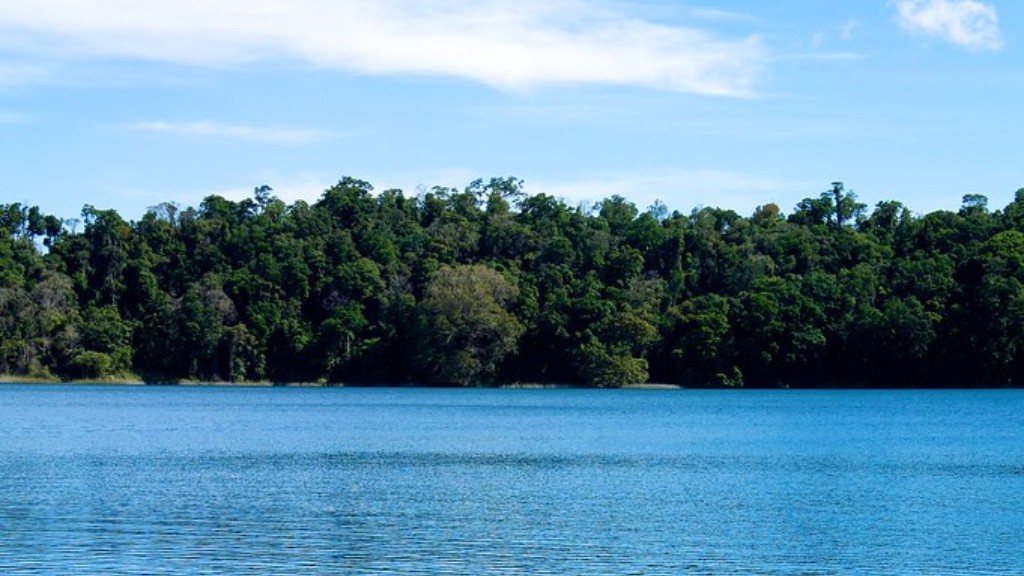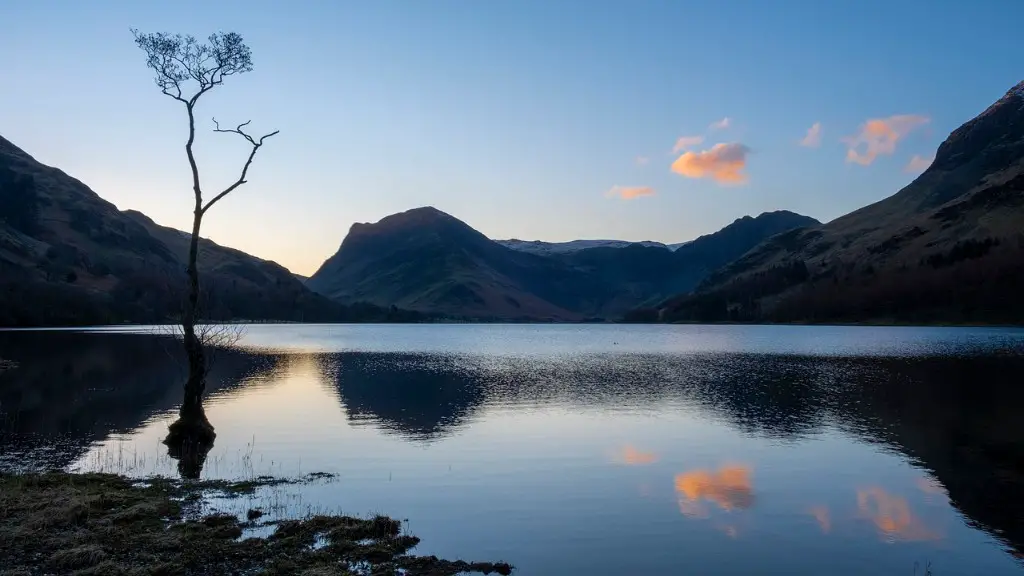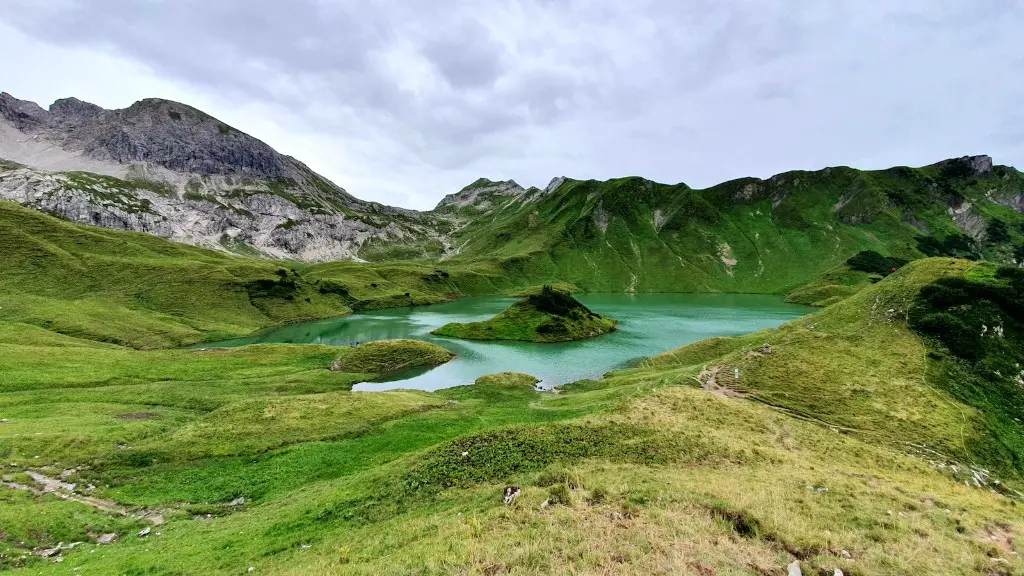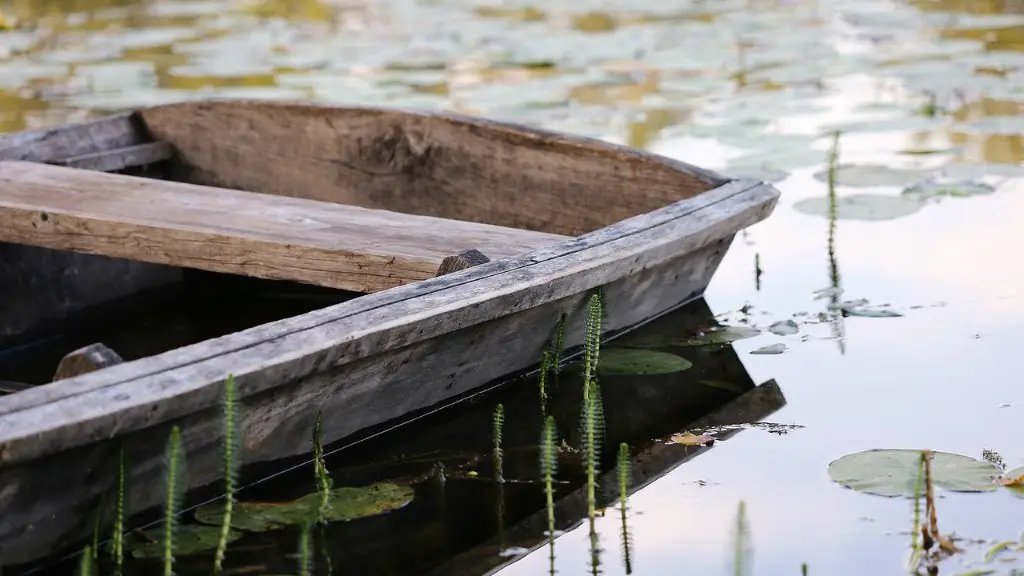Tank Requirements
A Lake Malawi cichlid tank must be well maintained with the highest quality of water to keep the fish healthy. The ideal tank size for this species is at least 50 gallons, because Lake Malawi cichlids are large, active fish and need ample space. There is also a requirement for powerful water filtration, preferably a canister filter to maintain balanced water chemistry and a healthy environment.
It is important to position the tank away from any direct sunlight and make sure it is in a quiet area. This ensures that the fish have adequate swimming space in the aquarium and are not disturbed by external stimuli.
Setting up a suitable substrate and decorations is also an important part of the tank. Gravel or sand is the best type of substrate for the tank. The ideal size for these substrate particles is 1-2 mm. This allows the fish to construct their own territories, while reducing the chances of injury while they are swimming. Decorations will help recreate the natural environment of the Lake Malawi cichlids and should include rocky structures, plants, and driftwood.
Heating and Lighting
Lake Malawi cichlids are tropical fish and must be kept in water with a temperature between 78 and 84 degrees Fahrenheit. An aquarium heater is the best way to maintain temperatures. The heater should be placed in the back corner of the tank and should have some protection from any decorations or plants.
Lake Malawi cichlids also need full-spectrum lighting for at least 8-10 hours a day to help them thrive. LED fixtures, metal halide fixtures, and T5 fluorescent bulbs are all good options for the aquarium. LED lights are a popular choice because they are energy-efficient and stimulate optimal coloration of the fish.
When selecting lighting, it is important to choose the correct spectrum for the tank. The ideal light spectrum for Lake Malawi cichlids is 6500-10,000K and it is important to adjust the lights periodically to mimic natural day and night conditions.
Water Quality
For Lake Malawi cichlids, water quality is an essential factor because they live in very alkaline waters. The ideal pH level for their tank should be between 7.5-9 and the hardness should be 10-20 dH (degrees hardness). Regular water changes will help to keep water quality in check and remove any toxins that may build up in the tank.
In addition to water changes, it is important to test the levels of ammonia, nitrates, and nitrites on a regular basis. This helps ensure that water quality is within the ideal range and that potential problems can be addressed quickly.
Feeding
Lake Malawi cichlids are omnivores and should be fed a varied diet consisting of live, frozen, and freeze-dried foods. Live foods such as brine shrimp, bloodworms, and black worms are a good source of protein and will help keep the fish healthy. Flake and pellet foods are also a good source of nutrition, but should be supplemented with other types of food.
It is important to feed the fish in moderation, as overfeeding can lead to health problems. The general rule is to give them as much food as they can eat in 2-3 minutes. To promote a healthy diet, they should be fed two or three times a day with frozen and live foods once or twice a week.
Maintaining a Happy Tank
Keeping your Lake Malawi cichlids happy and healthy is the key to a successful aquarium. The key to success is creating an environment that mimics their natural one as much as possible. Provide them with ample swimming space, appropriate water conditions, and a balanced diet, and they will thrive.
In terms of social behaviour, Lake Malawi cichlids can be territorial and aggressive, so it is important to make sure they are kept in groups of five or more. It is also best not to mix other species in the same tank as this can cause aggression. To keep aggression levels to a minimum, make sure to provide enough hiding places and ensure that the tank is well-maintained.
By following these simple steps and guidelines, you should be able to create a successful Lake Malawi cichlid tank and enjoy these stunning fish for many years to come.
Choosing the Right Species
When selecting Lake Malawi cichlids for your tank, it is important to research the species and find out what size they will grow to and what type of behaviour is natural to them. Some species are more peaceful than others and it is important to understand this before adding them to the tank.
Another key factor to consider is the compatibility between different species. Some species tend to be incompatible with other species and it is important to avoid mixing them in the same tank. Keeping the same species together increases socialisation and makes it easier to maintain a peaceful tank.
It is also important to research the dietary requirements of each species and make sure they are being given a balanced diet. Some species require more protein in their diet than others, and this should be taken into account when feeding.
Finally, it is important to avoid any fish that are displaying signs of illness or injury. This is the best way to ensure that the tank remains healthy and free of disease.
Monitoring Water Conditions
Monitoring water quality is an important part of keeping your Lake Malawi cichlid tank healthy and free of disease. Regular water tests should be carried out to monitor pH levels, ammonia and nitrite levels, and the general hardness of the water.
It is best to test the water once a week to make sure everything is within the desired range. If the tests indicate any problems, it is important to take action quickly to avoid any potential issues.
Regular water changes are also important to maintain good water quality and remove any excess waste or toxins that may build up in the tank. It is generally recommended to do partial water changes of around 25-50% once a week.
Overall, water quality is essential for the health and well-being of Lake Malawi Cichlids and should be monitored regularly for any signs of potential problems.
Conclusion
Creating and sustaining a healthy Lake Malawi cichlid tank requires careful planning and dedication. Set up the tank with a suitable substrate, decor, and adequate filter system. Provide the fish with the essential requirements for a happy and healthy lifestyle, including appropriate water conditions, lighting, and nutrition.
Choosing the right species is also important and you should take in the research and think carefully about which species will be compatible with each other. Monitor water conditions regularly, and pay attention to any signs of illness or aggression in the tank. By following these steps and guidelines, you can create a successful Lake Malawi cichlid tank that will last for many years.
